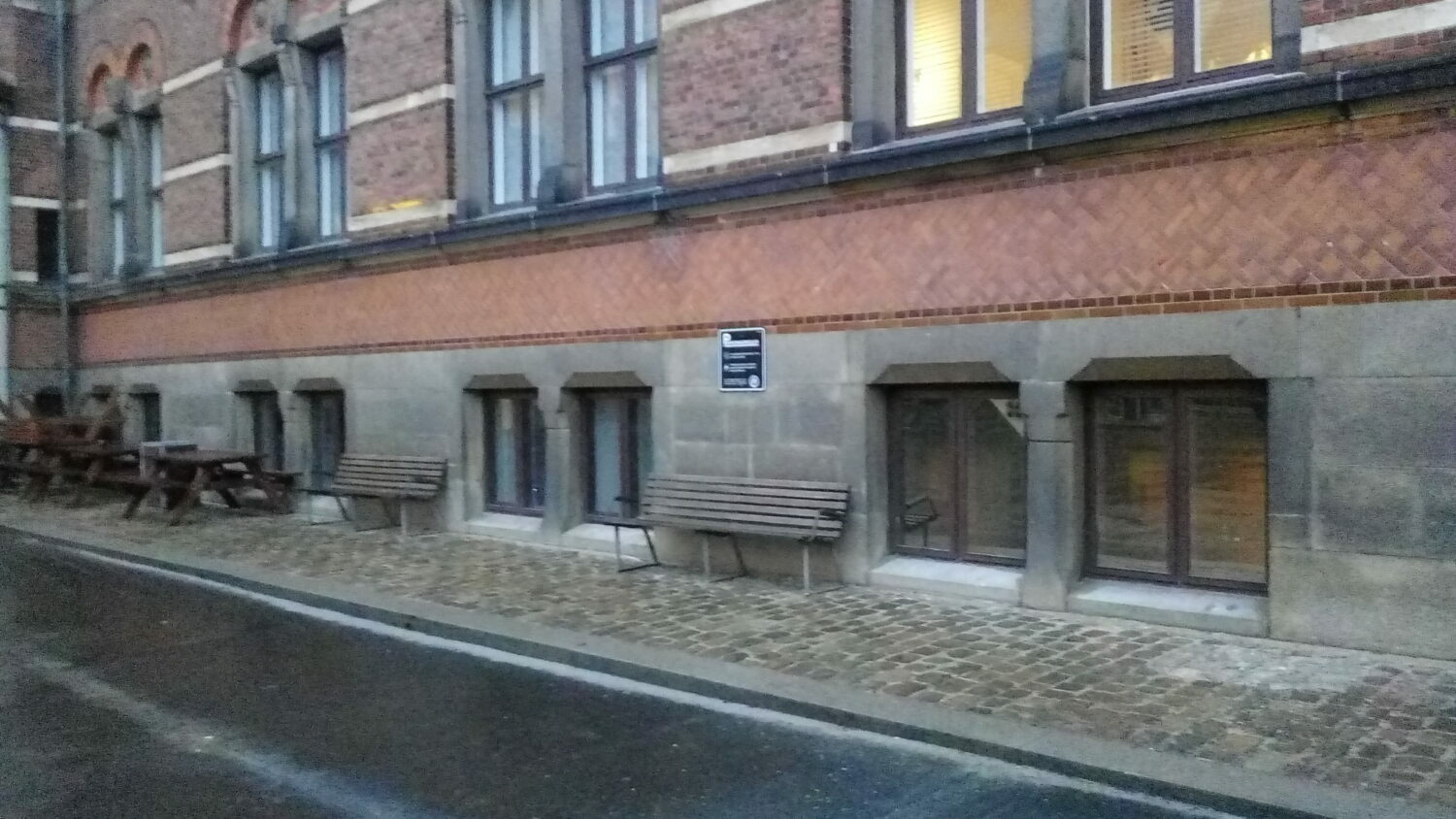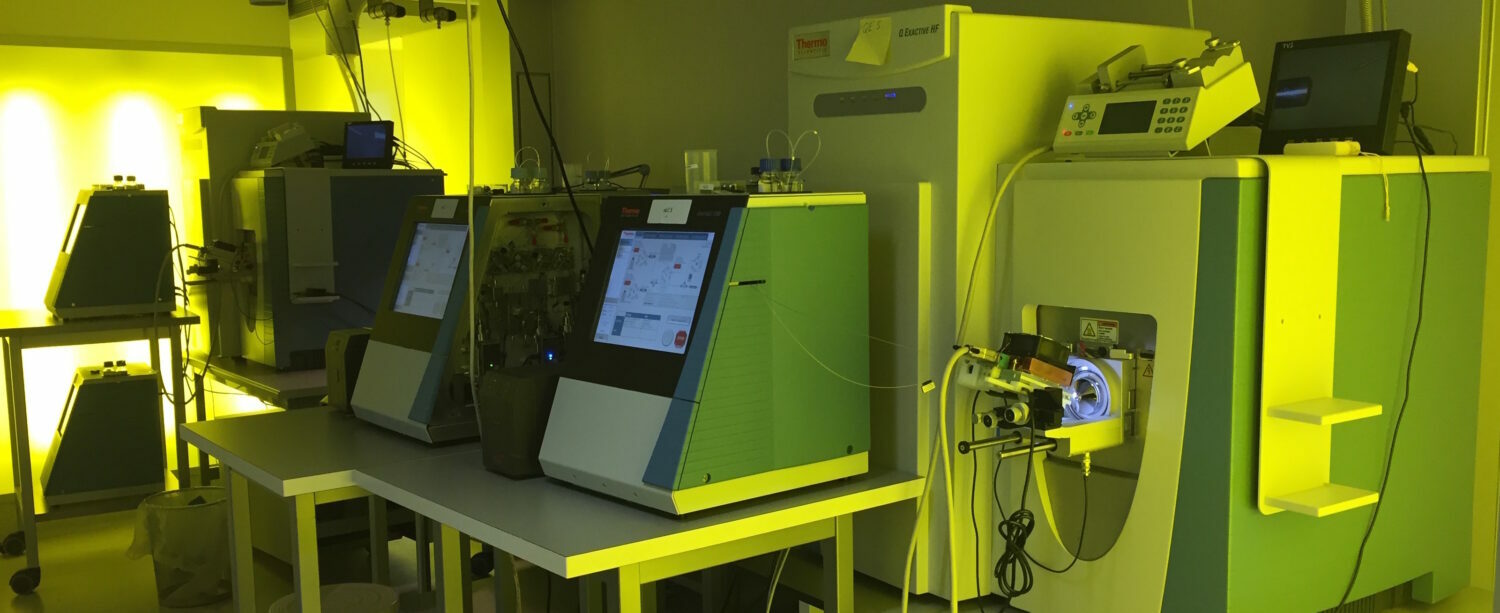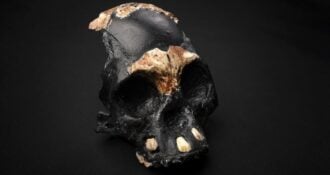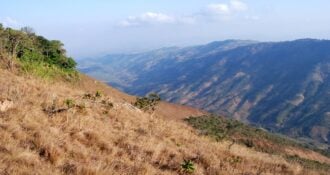Frido Welker is a postdoctoral researcher at the Max Planck Institute for Evolutionary Anthropology, Department of Human Evolution, and the Natural History Museum of Denmark, University of Copenhagen. He was awarded a Leakey Foundation Research Grant in our fall 2017 cycle for his project entitled “Towards complex Pleistocene hominin proteomes using multiple proteases.”
Dr. Welker discovered ancient proteins in the teeth of a Denisovan jawbone fossil, which was announced on May 1 in the journal Nature.

Outside view of the Ancient DNA and Ancient Protein extraction laboratories of the Natural History Museum of Denmark (University of Copenhagen). Credit: F. Welker.
Not all Paleolithic research happens in the field! In fact, nowadays a lot of it happens in laboratories hidden away in university buildings and research institutes. Not less exciting, although the “field” photos may be less pretty. I study ancient proteins preserved in archaeological bone in order to learn more about human evolution. My Leakey Foundation grant project focuses on one particular methodological aspect of protein analysis: protein cleavage with a protease.
Commonly, in bottom-up proteomics, extracted proteins are cut up into smaller sequences called peptides. This ensures the protein fragments analyzed are of the right length and mass to be detected, and can easily be separated from smaller or larger interfering molecules. The cleavage of a large protein into smaller peptides is often done with trypsin – a protease with high specificity to cut after two particular amino acids (lysine, K, and arginine, R). The same procedure has generally been followed in ancient proteomics. However, several recent studies suggest that trypsin might not be the most suited protease for our ancient samples. For example, lysines and arginines can be diagenetically modified, inhibiting protein cleavage and, ultimately, failure to detect particular proteins in our precious ancient samples.
We therefore set up an experiment to test the potential of six different proteases across a range of diagenetically-altered, Pleistocene samples.

Protein research facility at the Novo Nordisk Centre for Protein Research (UCPH). Credit: E. Cappellini.
The protein extractions performed as part of my Leakey grant were analyzed on the Orbitrap LC-MS/MS at the University of Copenhagen’s Novo Nordisk Centre for Protein Research. In the weeks before, we had carefully extracted the proteins from our samples, cleaved them using one of our five “novel” proteases and trypsin, and cleaned up the peptides on C18 filters.
This means it is now time to do some data analysis! First, we are currently verifying data quality and consistency. This also involves some initial exploring which bioinformatic approaches are best suited to our dataset, which measures over 150 Gb of raw data. Then, in the coming period, we will explore the suitability of particular proteases, for example if a protease other than trypsin significantly enhances the size of the recovered proteome, or if a particular protease performs better in a context of highly-degraded proteins.






Comments 0